Two weeks ago, I spun a narrative about hazard mitigation in Hillsborough County, Florida, based on both prior knowledge and a personal tour conducted by long-time colleague Eugene Henry. Today, a full month or more after that visit, I add notes about touring the Sarasota area with my personal friend and high school classmate, David Taylor. David is a Vietnam veteran and professional photographer who was part of the Brecksville (Ohio) High School class of 1968. Yes, we graduated in the middle of it all in the late 1960s.
Unlike me, David was drafted into the army. I maintained a student deferment initially, then went untouched by the draft lottery, which reached 125 the year I surrendered my deferment. Numbers were based on the number pulled for your birth date. Mine was 135. Such was the luck of the draw in those days. In less than two months on the ground in Vietnam, David was badly injured in a mortar explosion, evacuated to a hospital and sent home. His injuries were more than severe enough to terminate his service. He spent months in rehab. When it became clear that cold weather aggravated his disabilities, he moved to Florida. He has lived there ever since. He and his wife, Linda, now live in a small home in a subdivision near the water in Sarasota.
His long tenure in Florida has allowed him ample time to learn the sights and sounds of his adopted home. One thing my wife and I learned from staying with him for five days is that Dave is relentlessly curious. He attended and videotaped my February 22 lecture for Florida Atlantic University in West Palm Beach, then loaded the 37-gb high-res recording on a flash drive. Download it to your laptop when you get back, then reload the flash drive with as many documents and photos about your work as will fit on it, he told me.
I don’t think Dave completely understood. I could give him nearly everything I have and never fill up a drive of that size. But Dave lives in the film world, and all the reports I have downloaded as PDFs and all the still photos I have ever taken will never equal more than a fraction of that memory. I gave him all I could.
More importantly, however, Dave took us on some tours to take maximum advantage of the two days we had remaining after returning from West Palm Beach (a 3 ½-hour drive across the southern interior of Florida). From an environmental standpoint, it is important to know that Florida is a more diverse state than outsiders may realize and that, due to rapid urbanization in the past few decades, it also faces environmental challenges and threats of significant proportions. The state has been wrestling with many of these for a long time. The fate of the Everglades triggered one of the most notable environmental policy battles in American history, but there are many smaller issues as well, many engendering serious public health concerns as well.
One to which Dave took us, new to me, was the American Beryllium site on Tallevast Road in Sarasota. Now abandoned, the site hosted a manufacturing facility for machine parts of the Loral Corporation, parent company of American Beryllium, for more than 30 years until 1996. The operations created beryllium dust that contaminated the soil and groundwater. Lockheed Martin acquired the plant in 1996 and closed it down. Subsequent investigations discovered the contamination and documented the need for cleanup of what was then a brownfield site. By 2008, the Agency for Toxic Substances and Disease Registry (ATSDR) of the U.S. Department of Health and Human Services completed its own assessment of the health risks, concluding that, while there was a wide margin of possibilities given the combination of contaminants including trichloroethylene in the beryllium-containing metals on the site, there was a definite public health hazard. Previous use of groundwater by local residents and employees, which by then had ceased, posed a credible risk of kidney cancer, liver cancer, leukemia, and lymphoma. By 2004, all nearby residents had been using municipal water, but the long-term legacy could not be ignored.
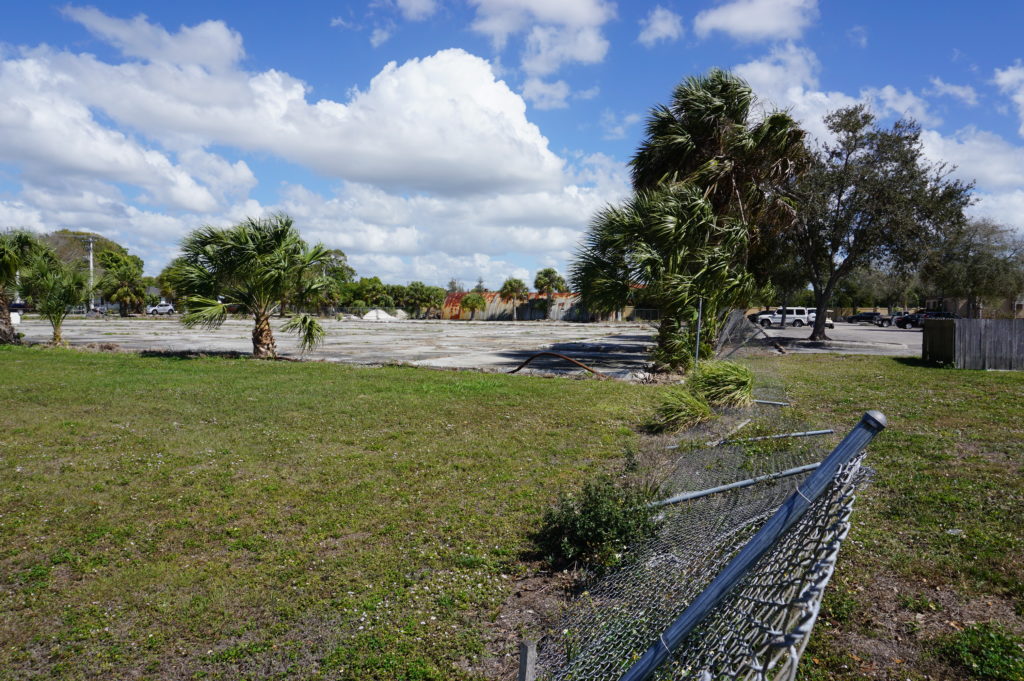
The site today is mostly an empty lot next to a golf course. There is a fence around it that, frankly, is not well maintained, but how much danger the site poses at this point, I do not know. The empty lot looks rather forlorn, yet the area around it contains a fair amount of operative commerce. When, if ever, the site will be ready for reuse remains to be seen. Mostly, it is a sobering reminder of our past use and misuse of such toxic materials in manufacturing processes and the problems they often leave behind. Beryllium is a divalent element, a strong metal with high thermal stability that is useful in aerospace applications, certainly of interest to a firm like Lockheed Martin. But often in the past, manufacturing firms took inadequate measures to prevent the sort of pollution that materialized on this site. The result is a long-standing eyesore for Sarasota.
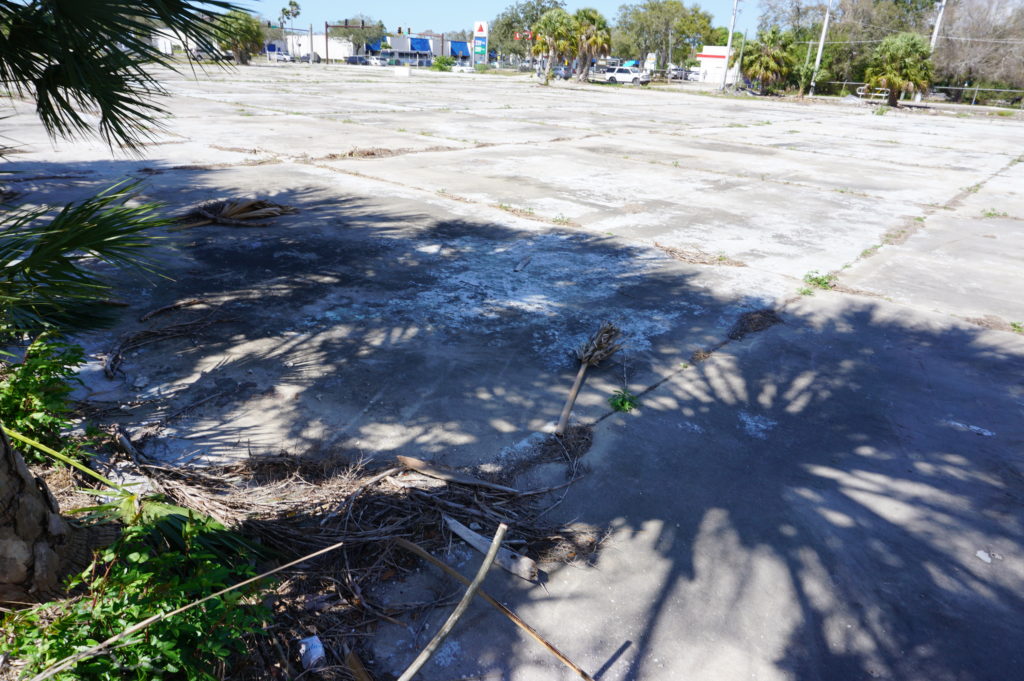
But there were other things to see in the area, like Myakka River State Park, which features a wildlife preserve that is worth visiting and attracts many visitors. Park officials are often available to explain the wildlife you are seeing, such as snowy egrets, cypress trees, vultures, and, of course, alligators. The vultures seemed exceptionally calm and contented, so Dave and I concluded that they had already had their fill for the day.
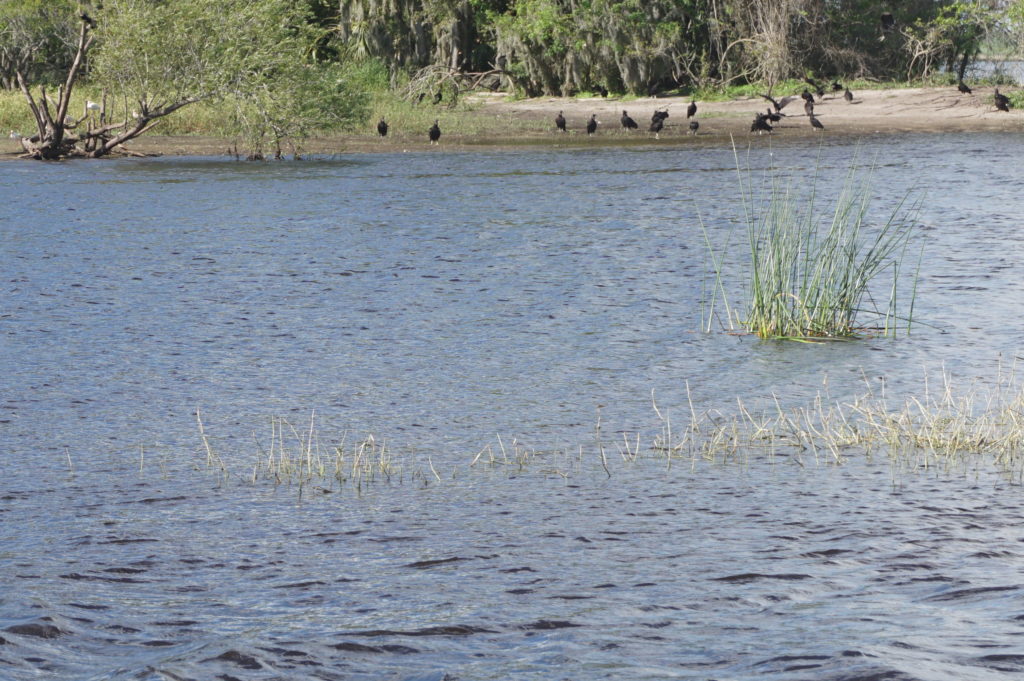
Unable to stop myself—we have a growing collection of souvenir mugs in our cupboards—I bought a reasonably priced mug from the gift shop with the state park logo embedded in the ceramic. Our children one day, when we are no longer breathing, may wonder “Myakka what?” and pass it on to the nearest Salvation Army store, but we will enjoy it for the next 20 years, or until one of us accidentally drops it on the floor (whichever comes first). Who knows when we will be back?
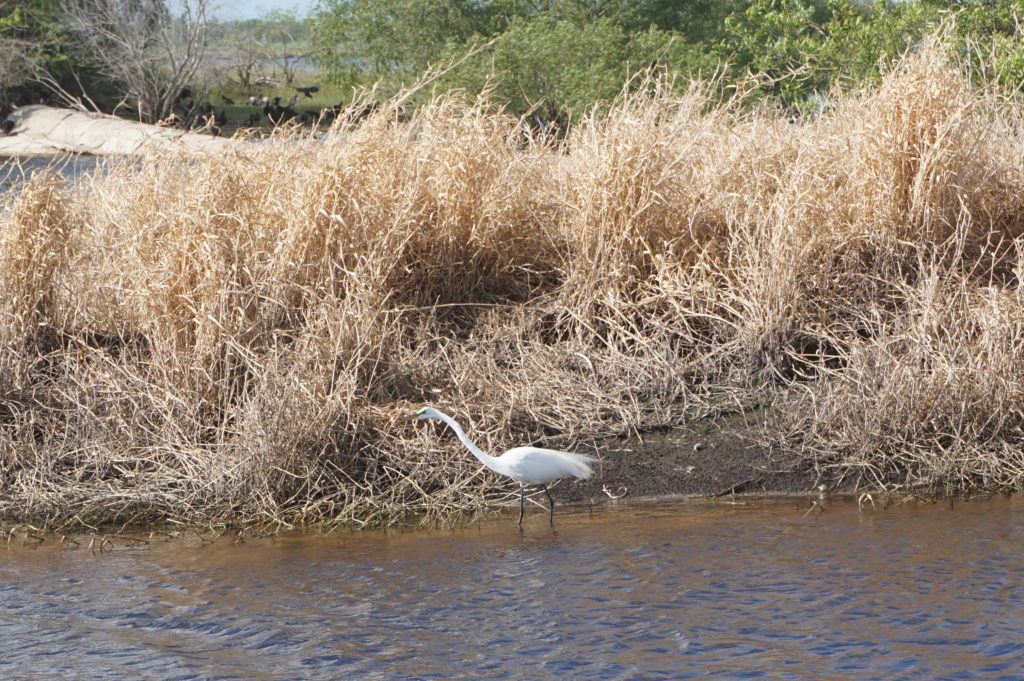
David has vivid memories of his Vietnam experiences, and to some extent, like most Purple Heart veterans, of the trauma involved in his experience. This remains no small part of his semi-retired life, in which he is also enrolled in film and history classes at nearby State College of Florida, and continues part-time photographic work. So, he took us to the Sarasota National Cemetery, where veterans may choose to be buried, and where he has attended and participated in numerous ceremonies. Kiosks exhibit photos documenting the veteran experience as far back as World War I but as recent as Afghanistan. The growing Florida population including the elderly means a growing number of veterans for whom the cemetery may be a final resting place. It is always a sobering encounter with reality to visit such a place—to realize how many lives are affected, for good or ill, by the nation’s struggles throughout our history. One does not have to agree with a particular war, and I have certainly disagreed with some, to recognize the magnitude of the sacrifice of those in uniform and the respect they deserve. Just gazing out at a wide field of gravesites should be enough to convey the message. War is no trifling thing. We invariably owe our veterans a serious explanation when we send them into battle.
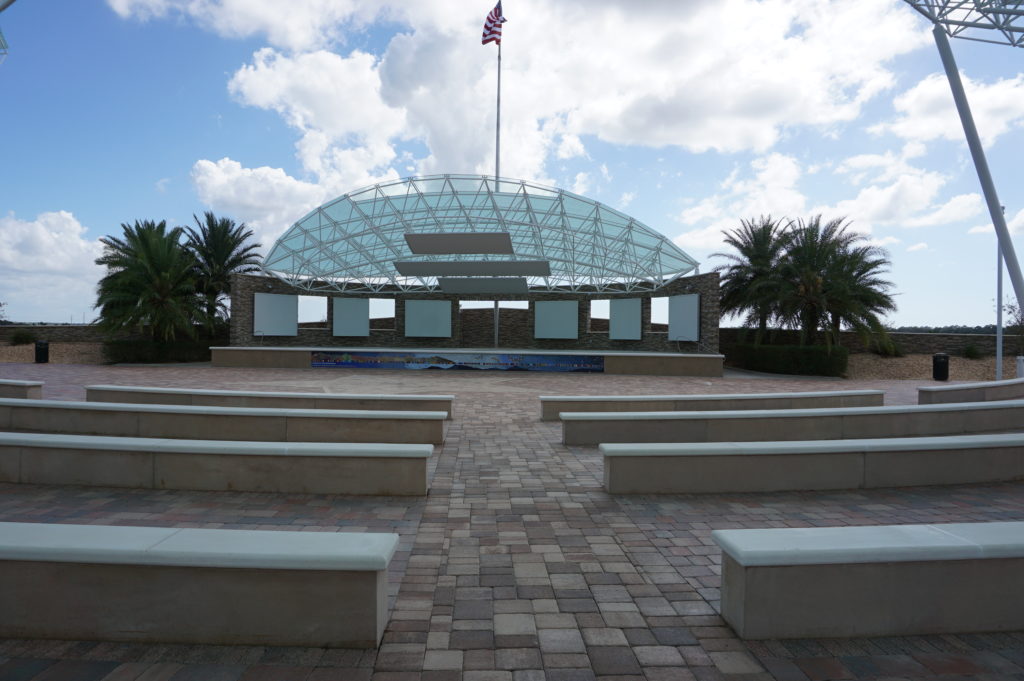
On that Saturday evening, however, it was time for fun, and Dave and Linda took us to a comedy club, McCurdy’s Comedy Theater and Humor Institute, which was great fun, and on the way back to their home, we stopped at the “Kissing Sailor” statue, developed from an iconic photo of a sailor embracing his beloved on the streets of Manhattan as the official surrender of Japan and the end of World War II were announced. Each couple shot photos of the other standing beneath this unique feature of the urban landscape in Sarasota.
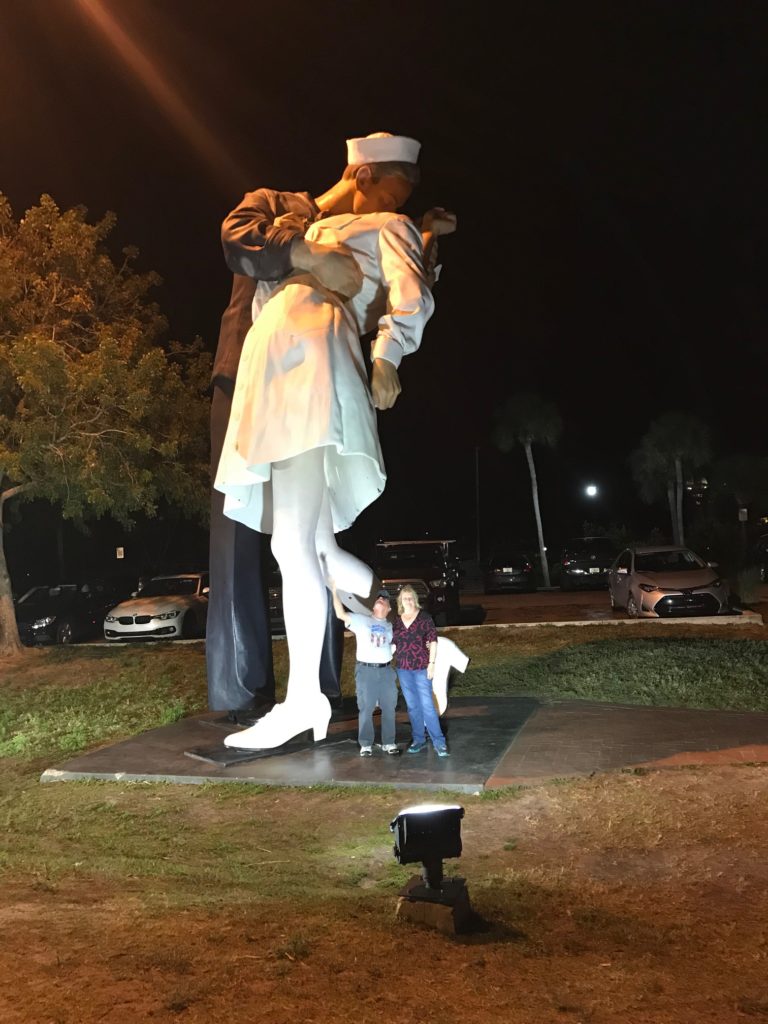
The next morning, with our free time waning before driving to the Tampa International Airport, we all made one last stop, at the Ken Thompson Park. What would Florida be without its beaches? Ken Thompson, the namesake of the park, was a long-time city manager in Sarasota. More importantly, the beach, like the rest of southern Florida, was 84° F. and sunny, with plenty of people resting on the sand and taking in the scenery of the Gulf Coast. Not far away are opportunities to follow a boardwalk through a small forest. It is small wonder in such a setting that Florida might beckon to anyone used to northern weather in the winter, but duty called, and Chicago is very nice once spring arrives.
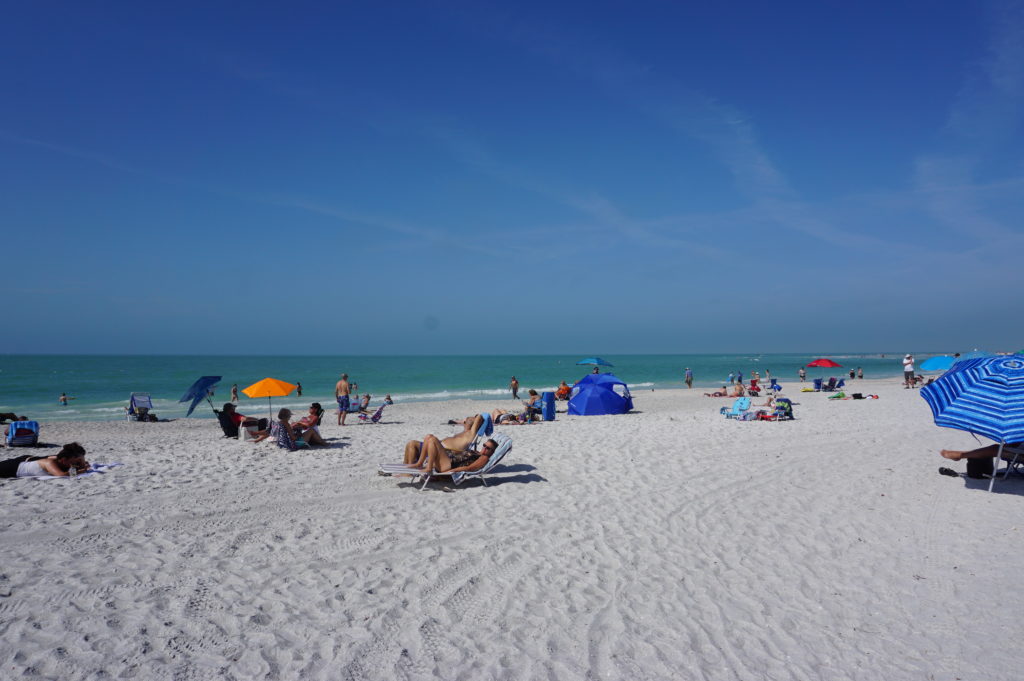
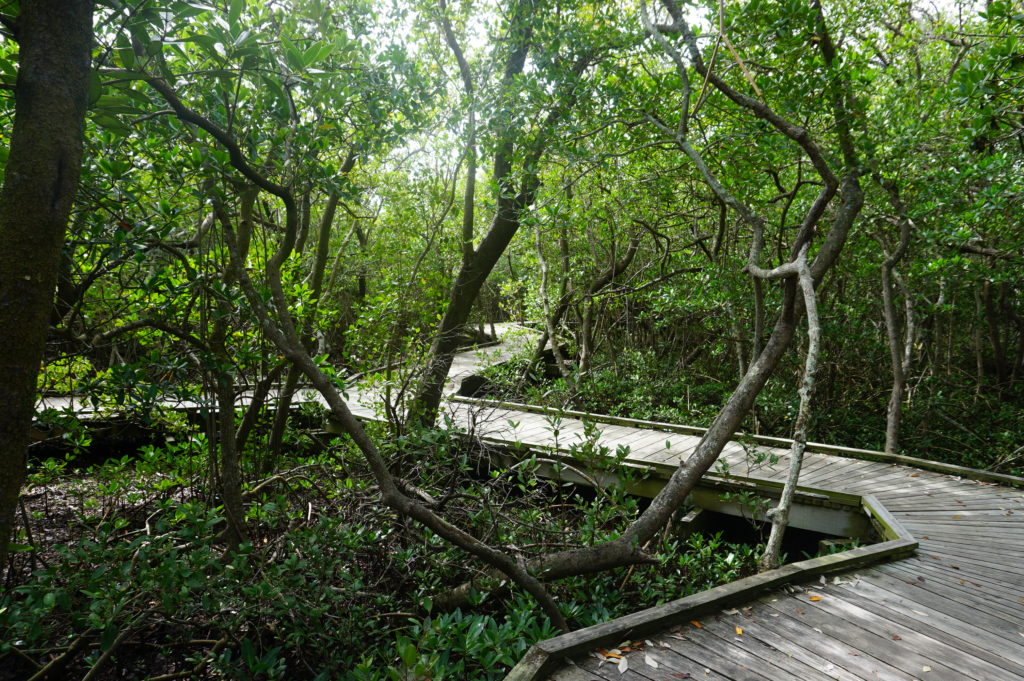
In fact, I took so long to write this story that it is here. Tomorrow I plan to take time to ride my bicycle on the 606 Trail, whose story I told in this blog when it opened nearly four years ago. Snow? It happens, but it’s over for now, just a fading memory.
Jim Schwab
